Have you ever wondered how furniture companies create those jaw-dropping computer-generated images of their products? If so, you’re in luck! In this article, we’ll take you on a fascinating exploration of the world of 3D modeling. We’ll also provide valuable insights and techniques used by our 3D modeling studio’s professionals to create the best CGI visual marketing materials for businesses.
Whether you’re an aspiring product marketer or a designer, a curious mind, or just someone who appreciates the beauty of well-crafted furniture renders, this blog post is designed to provide some behind-the-scenes knowledge and tricks of the trade. Get ready to dive into the realm of computer-generated imagery where creativity meets technology, and visual magic happens.
Ready to embark on this immersive journey? Let’s jump right in!
Explanation of 3D Modeling & The World of Computer Graphics
Unlocking the world of computer graphics, 3D modeling techniques revolutionize the creation of lifelike virtual representations of furniture. From intricate textures to realistic lighting, these techniques, fueled by cutting-edge software and tools, empower designers and artists to craft furniture models that mirror reality in astonishing detail.
At the heart of 3D modeling lies a complex process that brings objects, characters, and environments to life. Artists start with simple geometric elements such as points, lines, and curves, meticulously refining them to construct a wireframe model. This skeleton is then transformed into a work of art through texturing, shading, and the precise application of materials. Finally, the magic of lighting techniques is employed, bathing the model with realism and imbuing it with a sense of depth and authenticity.
The Significance of 3D Modeling Techniques in Creating Realistic CG Images for Furniture Renders
But why are 3D modeling techniques so crucial in the realm of computer graphics, especially for furniture renders? Allow us to unveil their remarkable significance.
First and foremost, these techniques grant designers the power of real-time manipulation. Gone are the days of relying on costly physical prototypes. With 3D modeling, designers can effortlessly experiment with various sizes, shapes, and styles at the click of a button. This iterative process not only saves precious time and resources but also stimulates creativity and innovation. Designers can swiftly present their work, actively seek feedback, and collaboratively refine their creations, breathing life into their ideas and speeding up the design process.
The true marvel of 3D modeling techniques lies in their capacity to produce awe-inspiring photorealistic renders of furniture objects. Every minute detail, from the grain of the wood to the subtle contours, can be meticulously captured. This level of realism elevates the visual appeal of the models, captivating clients, and stakeholders. Most remarkably, it allows clients to envision how the furniture will harmonize with their surroundings, enabling them to make informed decisions and visualize the end product’s impact before a single piece is produced. For the furniture industry, this capability is a game-changer, driving creativity and enhancing the design and production stages.
Different Types of 3D Modeling Techniques
There are many different types of 3D modeling techniques used in computer graphics, each offering unique advantages and suited for different purposes. In this article, we take a deep dive into the most common ones:
#1. Polygonal Modeling
Polygonal modeling is a fundamental and widely-used technique in 3D modeling. It involves creating furniture objects by connecting vertices, edges and faces to form polygons. This technique provides artists with precise control over geometry and allows for the creation of both simple and complex furniture shapes. It is particularly efficient in producing detailed furniture models with remarkable accuracy.
Low-Poly 3D Modeling
Low-poly 3D modeling takes the concept of 3D a step further by creating lightweight, true-to-life objects. These 3D models are designed to have a minimal number of polygons, resulting in optimized performance for games and interactive online tools like AR apps and 3D configurators. Despite the reduction in polygon count, low-poly models retain their authenticity and serve as practical solutions for immersive digital experiences.
High-Poly 3D Modeling
On the other end of the spectrum, high-poly 3D modeling focuses on creating highly detailed, intricate representations of objects. With a significantly higher number of polygons, these 3D models are utilized in photorealistic marketing materials such as product CG images, product 3D animations, and 360-degree spins. High-poly modeling allows for the meticulous depiction of textures, materials, and lighting, enhancing the overall visual realism of the furniture renders.
By incorporating these advanced 3D modelling techniques, designers and artists can achieve even greater levels of precision and realism in their furniture renders. Whether it’s the efficient control over geometry, the lightweight nature of low-poly models for interactive experiences, or the immersive visual impact of high-poly models in marketing materials, these techniques elevate the art of furniture design to extraordinary heights.
#2. Subdivision Surface Modeling
One of the techniques we use is called Subdivision Surface Modeling. This method is essential to produce smooth and organic shapes from a base mesh. What makes these 3D modelling techniques especially valuable is that it enables our artists to create realistic curves and contours, especially for furniture pieces such as sofas, cushions, and ergonomic chairs. By subdividing the base mesh and smoothing the resulting surface, we can produce high-quality models that look great for any marketing or e-commerce needs.
#3. NURBS Modeling
Non-uniform rational basis splines (NURBS) are particularly valuable when it comes to creating smooth and precise surfaces. It is an excellent choice for modeling furniture with intricate details and curves.
The beauty of NURBS surfaces is that they maintain their smoothness even when scaled or modified. This means that you can make adjustments to the size or shape of the furniture without compromising its quality or aesthetics. Whether you need to create realistic renderings, animations, or interactive 3D models for your product marketing or e-commerce vitrine, NURBS modeling is a reliable method that can deliver exceptional results.
#4. Boolean Operations
One technique that we excel in is Boolean operations. Boolean operations involve combining or cutting one 3D object with another to create complex shapes. This technique is particularly useful for creating furniture models with intricate carvings, insets, or intersecting parts.
With Boolean operations, we can efficiently achieve the desired level of detail in your furniture models. By combining multiple objects or cutting away specific sections, we can create unique and visually compelling shapes that meet your specifications. This technique enables us to create furniture models with intricate designs and complex geometry, making your products truly stand out.
However, it is important to note that managing topology and avoiding non-manifold geometry is crucial when using Boolean operations. This ensures that the results are clean and free from any unwanted artifacts. Our skilled team of artists is experienced in handling Boolean operations with precision to achieve the desired outcomes while maintaining excellent topology and geometry.
#5. Sculpting
Sculpting involves creating organic and intricate details on furniture models to give them a realistic and tactile appearance. Our talented artists utilize sculpting tools to add fine surface details such as wood grain, upholstery textures, or decorative elements.
By utilizing sculpting techniques, we can bring your furniture renders to life by providing them with a level of detail that captures the essence of the real object. Whether it’s the intricate patterns in the wood, the soft and inviting texture of the upholstery, or the delicate ornamental details, our sculpting expertise ensures that your furniture models are visually captivating.
Sculpting also allows for creativity and customization, as our artists can carve out unique and personalized designs on your furniture models. This enables you to offer one-of-a-kind pieces to your customers, setting your products apart from the competition.
#6. CAD Data Import
CAD data import is a valuable technique that allows us to work with precise representations of real-world furniture designs. In some cases, we can directly import CAD data provided by furniture manufacturers or architects to ensure accuracy and fidelity in our modeling and visualization process.
By utilizing CAD data import, we can create highly accurate and realistic 3D models of your furniture designs. This technique enables us to capture the intricate details, dimensions, and proportions of the original designs, ensuring that the final 3D models closely resemble real-world furniture pieces.
Working with CAD data also enhances our workflow efficiency, as we can leverage the existing design information to expedite the modeling process. It allows our talented artists to focus on perfecting the details, materials, and textures of the furniture models while relying on the precise data provided by the CAD files.
#7. Procedural Modeling
Procedural modeling is a technique that utilizes algorithms and parameters to automatically generate furniture models. This approach is particularly valuable when creating repetitive or parametric furniture designs, such as modular pieces or patterned elements.
By employing procedural modeling, we can efficiently create a wide range of furniture models with consistent design elements. The use of algorithms allows us to define rules and patterns that govern the generation of these models, providing flexibility and control over the design process.
Whether you need modular furniture with interchangeable components or want to incorporate intricate patterns into your designs, procedural modeling can streamline the creation process. Instead of manually creating each variation or repeating pattern, we can set up parameters and algorithms that automatically generate the desired output.
Procedural modeling also offers the advantage of parametric flexibility. With this approach, we can easily modify the parameters to adjust the size, shape, or other aspects of the furniture model without having to start from scratch. This saves time and enables quick iterations, ensuring that your designs meet your specifications.
Our 3D modeling team of experts is committed to creating outstanding visuals for your project. We are well-equipped to deliver high-quality results, whether it be in the form of ready commercial imagery or providing you with a 3D model file for further modifications on your side. Depending on your requirements, we can offer both low-poly 3D models for AR/VR engines or website interactive solutions, as well as high-poly 3D models for photoreal CG imagery.
CGIFurniture offers top-quality 3D modeling services to showcase your products through AR, interactive images, configurations, or animation. You can easily schedule a free demo consultation, and our manager will contact you shortly. If you have any questions or need assistance at any stage, our team is always ready to guide you to ensure a smooth and successful collaboration.

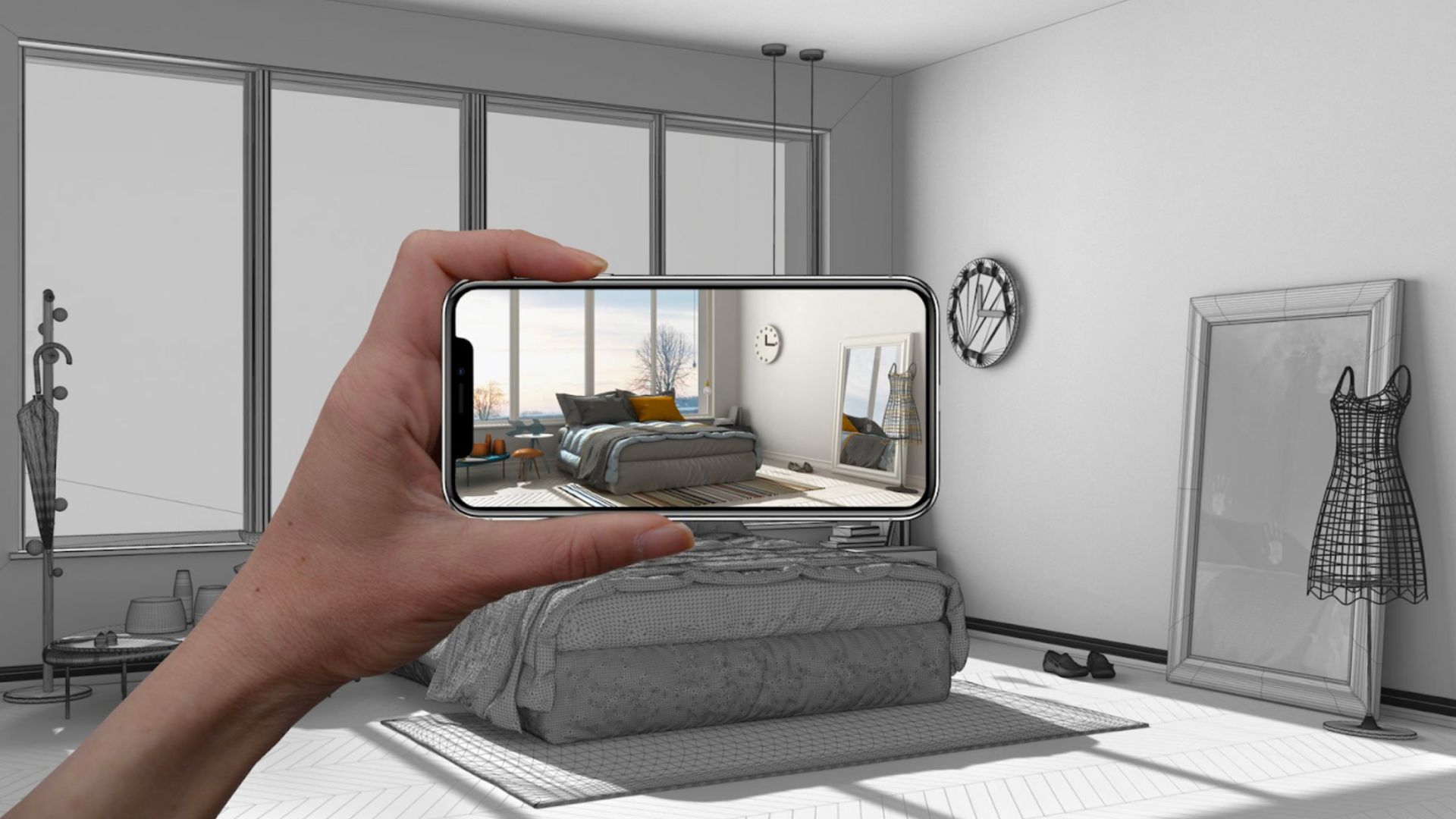
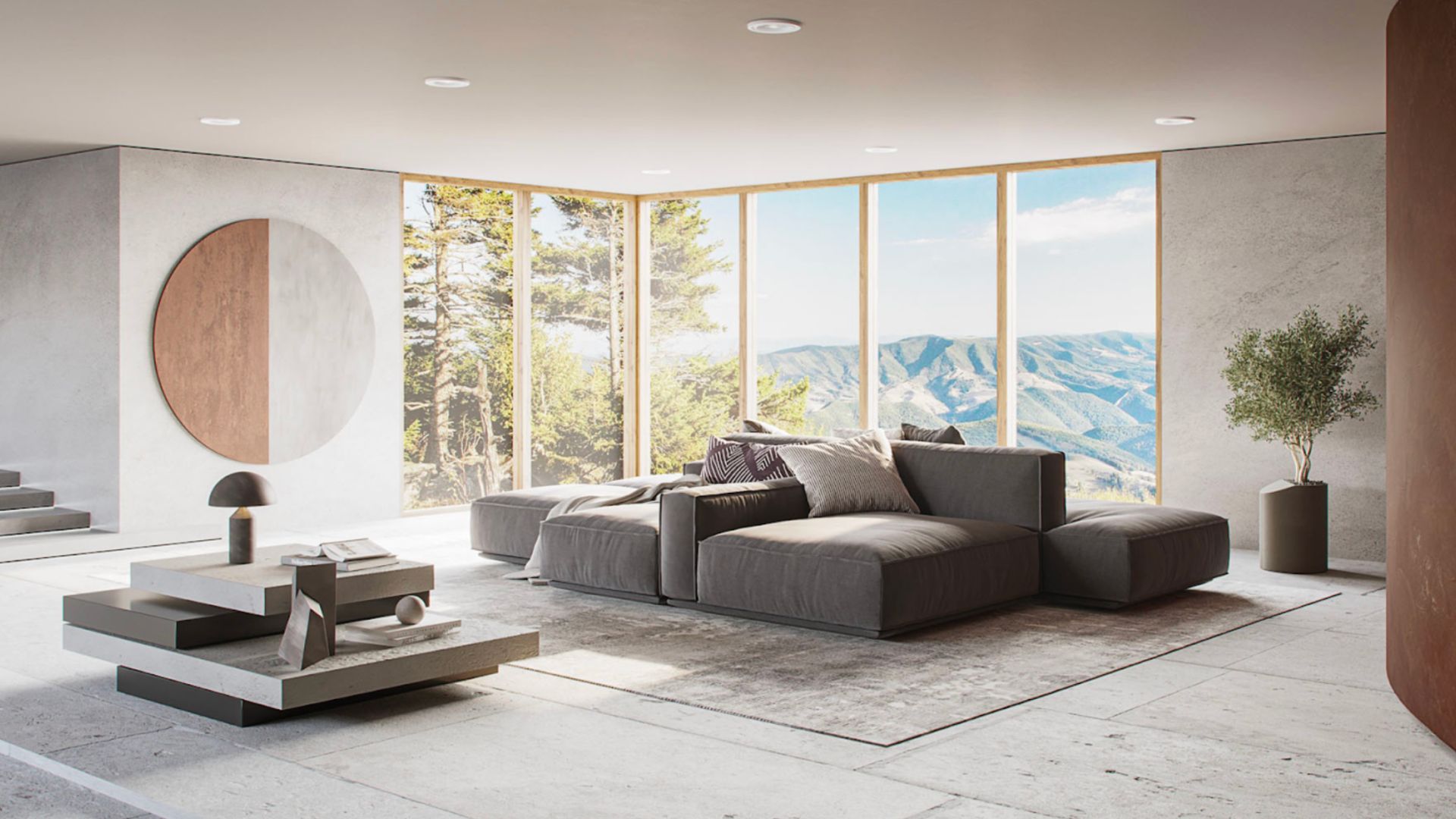
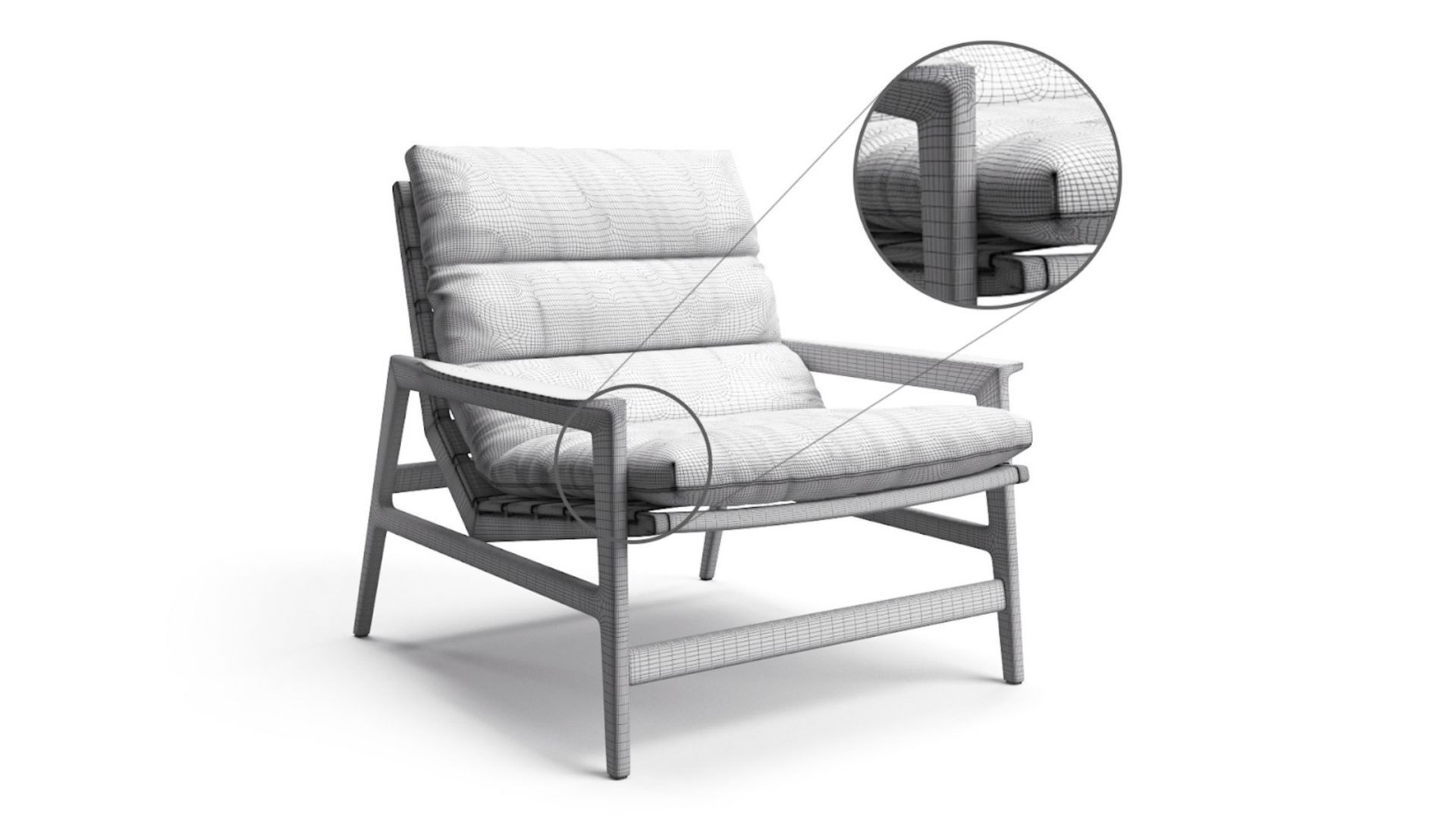

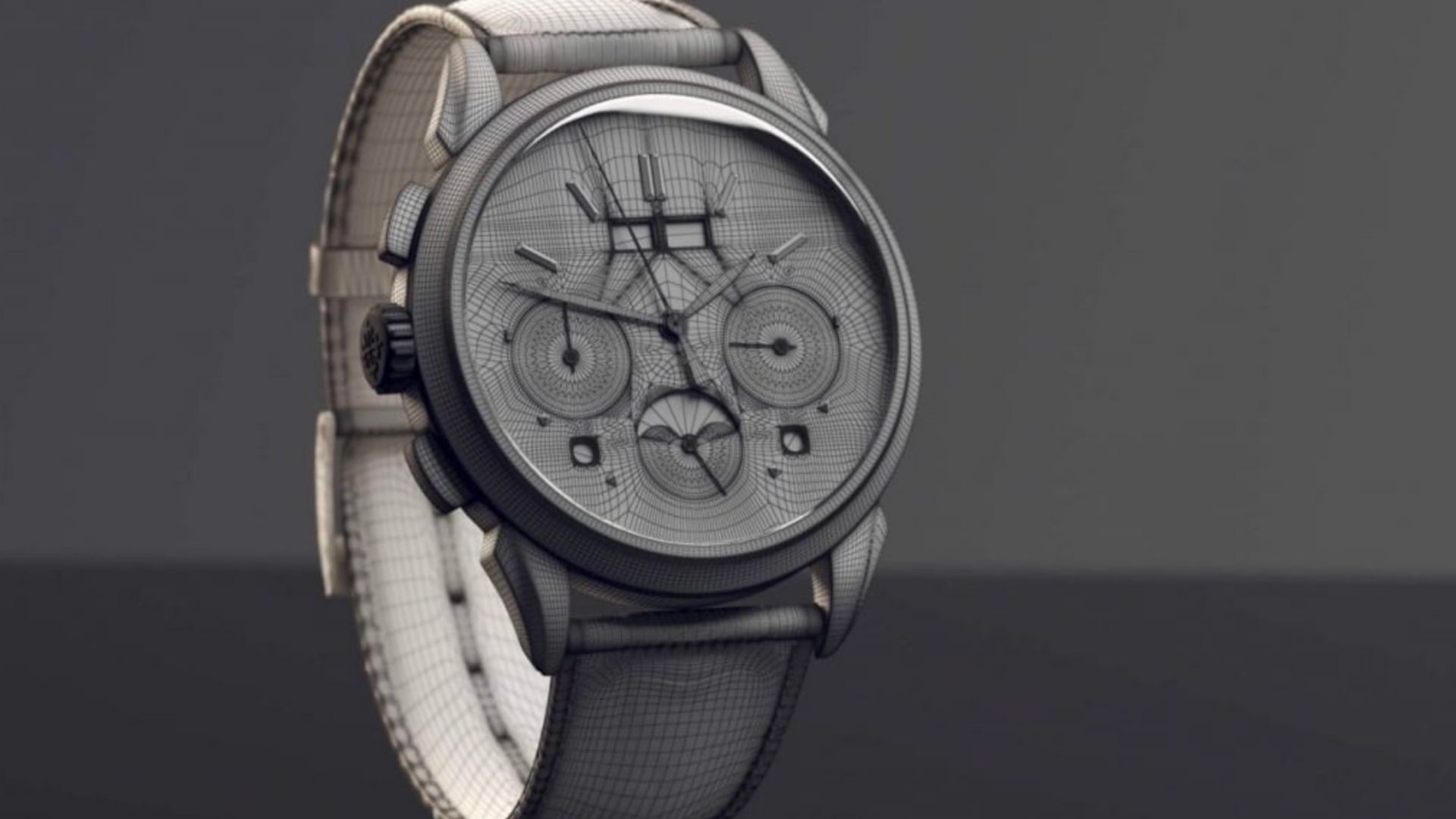
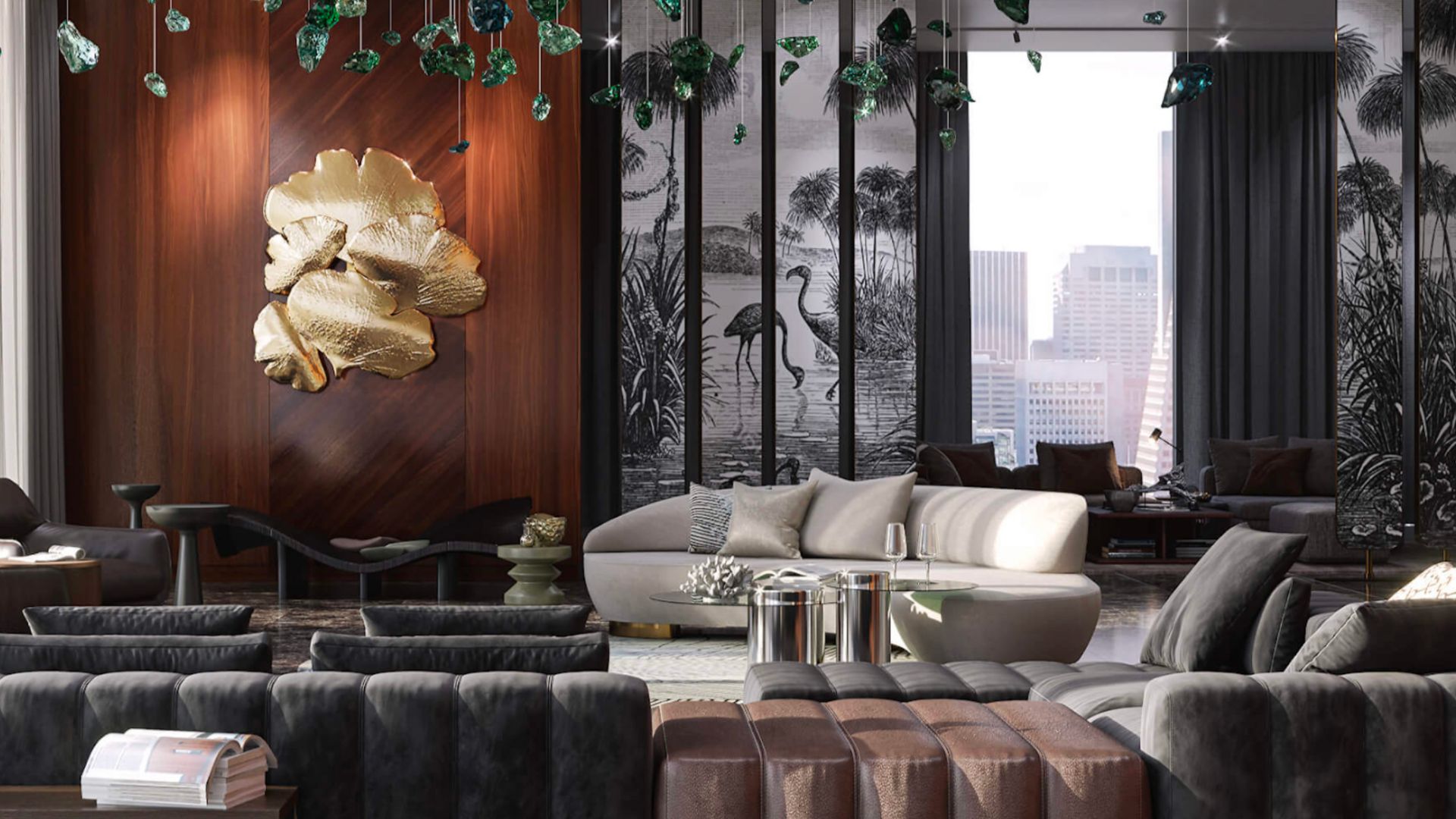




Leave a Reply
Want to join the discussion?Feel free to contribute!